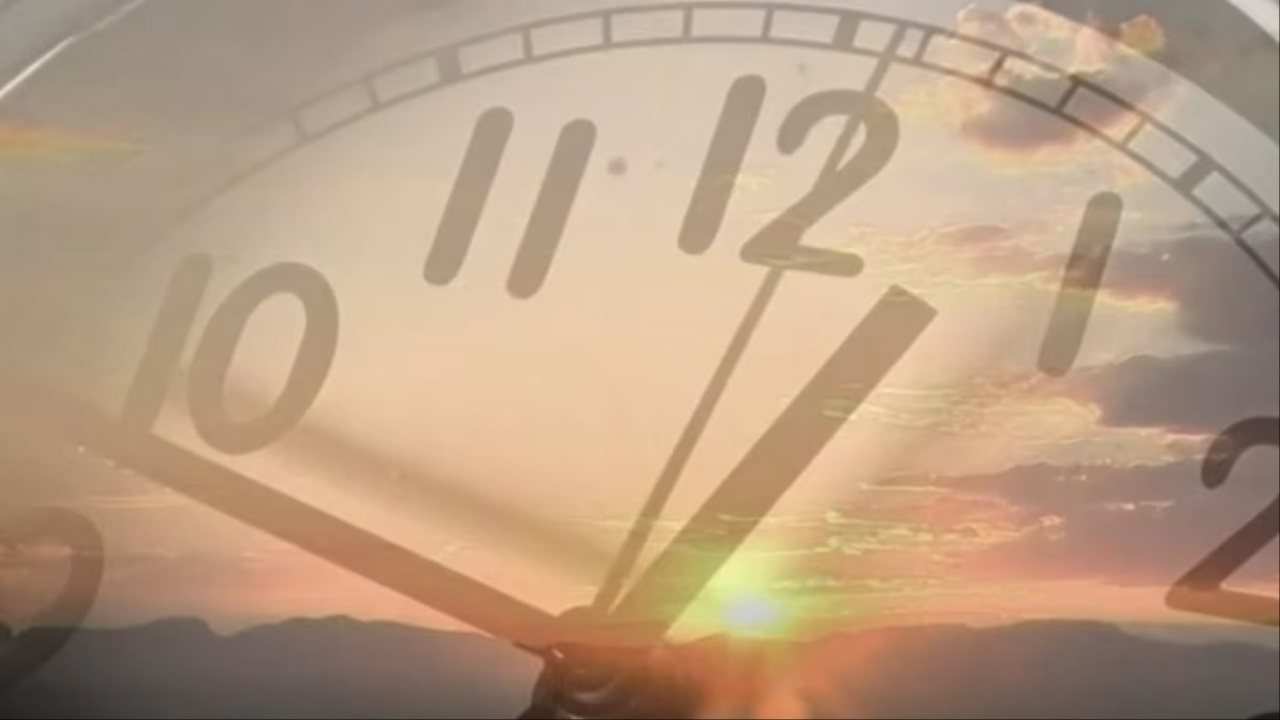The transition to winter, marked by the end of Daylight Saving Time, provides an extra hour of leisure for many, yet it also heralds challenges for others. One such challenge is the onset of Seasonal Affective Disorder (SAD), a type of clinical depression that exhibits a seasonal pattern.
As the days grow shorter and darker, individuals may experience heightened symptoms of depression, which typically resolve with the arrival of spring and longer days. Kelly Rohan, a psychology researcher at the University of Vermont, explains that this disorder is not just a temporary mood swing but a recognized mental health condition that can affect a significant portion of the population.

Research into SAD has shed light on its underlying mechanisms, particularly how our eyes respond to light. Specialized cells in the retina are sensitive to blue light, which is abundant in sunlight. When exposed to this light, these cells send neural signals to the brain that can influence mood and alertness. This connection underscores the importance of natural light in regulating emotional well-being, particularly during the winter months when natural light is limited.
Fortunately, there are effective treatments available for those suffering from seasonal depression. Rohan emphasizes the role of bright light therapy, which involves using devices that produce light significantly brighter than typical indoor lighting. This therapy has shown promising results in alleviating symptoms of SAD when used consistently, ideally for about 30 minutes each morning. Additionally, traditional antidepressant medications and cognitive behavioral therapy are also viable options for managing the condition.
Beyond clinical treatments, Rohan encourages individuals to seek out natural light whenever possible. Despite the cold weather, spending time outdoors can provide exposure to sunlight, which can help combat the winter blues. Dressing appropriately for the weather allows people to take advantage of the light available during the winter months, reinforcing the idea that proactive measures can enhance mental well-being during this challenging season.
